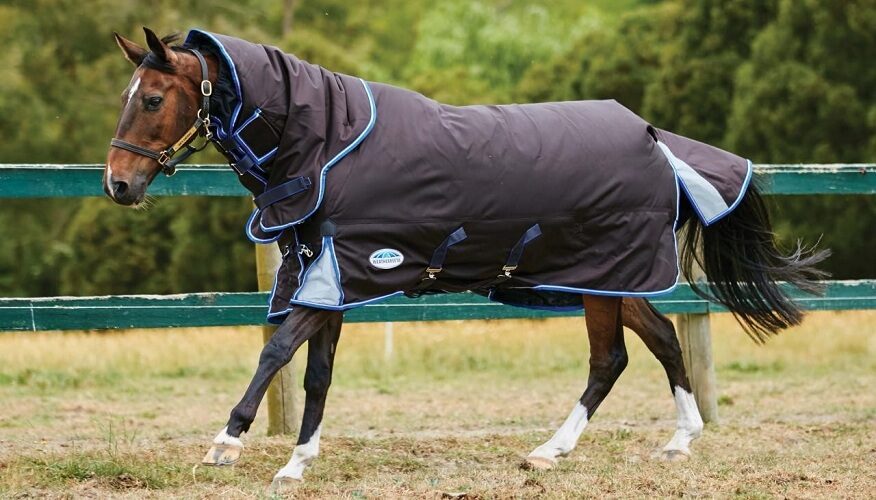There is a wide variety of horse rugs available, so it’s important to consider your horse’s needs before making a purchase. When it came to rugging your horse, you didn’t have many options until recently. You would think you just need to find the correct size and color, and then you’re good to go, but the reality is that there is a dizzying array of options to consider.
Keep your horse’s needs in mind at all times; for example, a thoroughbred that spends most of its time in the stable will require warmer rugs than a hardy cob that spends most of its time in the open. The choice of rug for your horse should be based on a number of factors, including the current weather, the horse’s build, its metabolism, and its general health. Check out, dressage saddle
1. Rugs with an elfish design called the “Elvenar Turnout”
Turnout rugs shield the horse from the elements, keeping him dry and toasty in wet weather. Historically, “New Zealand” rugs made of waterproofed cotton canvas were standard issue for all stabled horses. These were difficult to dry because they were so heavy and bulky. In the ensuing years, rug technology has advanced, allowing for a wider variety of options.
You must be careful when washing saddle pads at home so as not to undermine the water-repellent qualities of modern turnout rugs, which are composed of chemically treated cloth. In order to keep the horse warm and tidy, turnouts come with a variety of neck attachments or built-in neck covers.
They provide varying degrees of warmth and come in a wide range of thicknesses and weights. There is no fill weight with rain sheets, making them the lightest alternative. Medium-weight turnout rugs typically have a fill weight of 200-250g and are ideal for cooler seasons, whereas lightweight rugs have a fill weight of 0-150g. The fill weight of a heavyweight horse rug is at least 300g.
Rugs for horses can be anything from 600 denier to 1,680 denier. A rug with a higher denier count has a denser thread weave and should last longer as a result.It is recommended that the clipped horse wear a lightweight waterproof turnout rug at temperatures between 5 and 10 degrees Celsius during the winter. A medium turnout, perhaps with a neck cover, is appropriate for temperatures below freezing. A heavyweight plus neck cover may be required when the temperature drops below zero.
However, unclipped horses that are used to the cold may not require any sort of rug.
2. Equine mats
Horses that are clipped or that spend a large portion of their day in the stable will benefit from one of the best stable rugs when the temperature outside drops.Stable rugs made of “jute” were commonplace alongside New Zealand tack in horses’ restricted wardrobes of yore. Stable rugs now are lightweight and quilted or padded for insulation. They aren’t watertight, thus they shouldn’t be used outside unless it’s extremely cold, in which case they could be worn under a turnout rug.They come in a range of weights to suit your horse’s temperature requirements, much like turnout blankets. Most rugs designed for use in stables are permeable, allowing moisture to evaporate. You can get them with or without a choker.Pressure spots and unpleasant rubs can be avoided with the help of the fleece pads that run along the wither and the anti-rub chest lining.
3. Coolers, fleeces, and stable sheets are all categories of equine rugs.
After a strenuous workout, the greatest cooler rugs and horse fleece rugs are put to use to slow the horse’s cooling process and protect the muscles from fatigue. To facilitate the horse’s natural drying process, they are constructed from a breathable fabric that allows sweat and moisture to escape. They are a multipurpose rug that can be used alone or as a thermal underlayer for a stable rug or turnout. A portable rug can serve as both a decorative accent and a practical floor covering, much like a cooler rug.Stable sheets are a lightweight cotton rug used to keep horses clean in the stable or as an extra layer of warmth on cool nights when a heavier rug is unnecessary. Although they are not waterproof, they make a good base layer. In addition to the greatest hood, many riders utilize them to get their horses show-ready right before they head out the door.
In conclusion, the above are some of the stable rugs that your horse might need. The above details will help you choose the rug that fits your horses needs.

